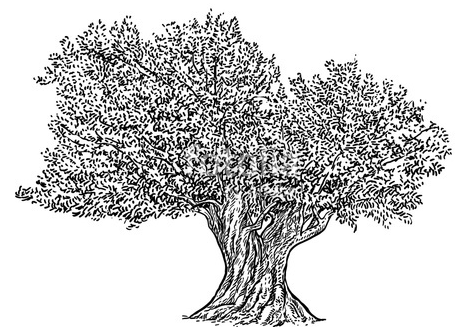Invasive plants are those that grow outside of their natural habitat, producing serious changes to the richness and diversity of those ecosystems. This, in many cases, represents a threat to the ecosystems and native plants that inhabit them.
Quantifying the effects of the different types of invasive plants in society and in ecosystems is of vital importance to guarantee the subsistence of all the organisms that make it up. A negative effect of an invasive plant might be the shade produced by an invasive tree or shrub. This generates a negative impact on the diversity of the area where the shade is projected. Also, the humidity of this area will be higher and there will be lower temperature, which disturbs the normal relationships that plants would have with each other if the invasive plants weren’t there.
Birds disperse seeds between long distances, which favors the proliferation of invasive species, who begin to compete for light, water and nutrients with native species. This produces a significant change in the composition of vegetation, sometimes favoring invasive plant species.
Thus, on the island of Hawaii, on the island of Norfolk in eastern Australia and on the Cumberland plain in western Sydney, an African olive species of the subspecies cuspidata (Laperrie wild olive tree), is present that is considered invasive. This has been discovered in these regions through the germination of their seeds. Various studies have shown that the germination of this subspecies is tolerant to a wide range of exteme climatological conditions. The seed is able to survive in the soil about three years. Despite having a low germination capacity due to the need for the decomposition of its endocarp, this African subspecies that comes from Argelia produces an abundant amount of seeds, which has led to its rise throughout different regions.There are thousands of specimens in places where the presence of olives trees were unthinkable.

